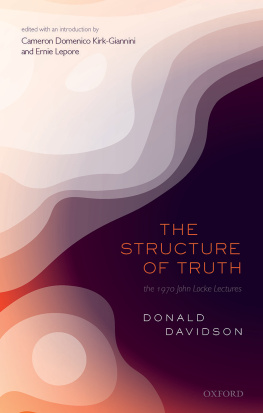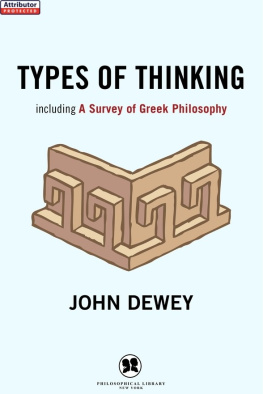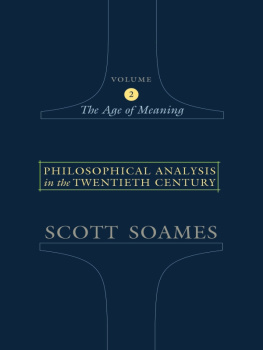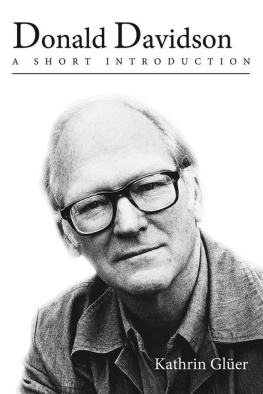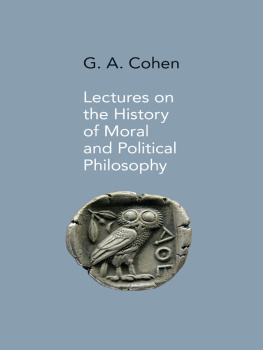The Structure of Truth

Great Clarendon Street, Oxford, OX2 6DP, United Kingdom
Oxford University Press is a department of the University of Oxford. It furthers the Universitys objective of excellence in research, scholarship, and education by publishing worldwide. Oxford is a registered trade mark of Oxford University Press in the UK and in certain other countries
The text by Donald Davidson Marcia Cavell 1970
Editorial material Cameron Domenico Kirk-Giannini and Ernie Lepore 2020
The moral rights of the authors have been asserted
First Edition published in 2020
Impression: 1
All rights reserved. No part of this publication may be reproduced, stored in a retrieval system, or transmitted, in any form or by any means, without the prior permission in writing of Oxford University Press, or as expressly permitted by law, by licence or under terms agreed with the appropriate reprographics rights organization. Enquiries concerning reproduction outside the scope of the above should be sent to the Rights Department, Oxford University Press, at the address above
You must not circulate this work in any other form and you must impose this same condition on any acquirer
Published in the United States of America by Oxford University Press
198 Madison Avenue, New York, NY 10016, United States of America
British Library Cataloguing in Publication Data
Data available
Library of Congress Control Number: 2019952034
ISBN 9780198842491
ebook ISBN 9780192580047
Printed and bound in Great Britain by Clays Ltd, Elcograf S.p.A.
Links to third party websites are provided by Oxford in good faith and for information only. Oxford disclaims any responsibility for the materials contained in any third party website referenced in this work.
Contents
Much of what follows in these lectures has already been published in one way or another, but what is familiar appears here in a novel form: either reworked from earlier published material or as early drafts which would subsequently appear after revision. In other words, these lectures comprise an invaluable historical document that illuminates how Davidson was thinking about the theory of meaning, the role of a truth theory therein, the ontological commitments of a truth theory, the notion of logical form, and so on, at a pivotal moment in the development of his thought. It is especially fitting that they should appear together in print for the first time in 2020, the fiftieth anniversary of their delivery in 1970.
There was a great deal of excitement surrounding the lectures at the time of Davidsons visit to Oxford. For years, David Wiggins and Michael Dummett (among others) had been regular visitors to the Stanford Philosophy Department, during which time they were essentially Davidsons guests. So, although Davidson had not yet published much prior to his arrival in Oxford, what he had published was both familiar to and quite influential on the philosophers in the community there, including Wiggins, Dummett, John McDowell, and Gareth Evans. Indeed, McDowell recalls Wiggins having all his New College undergraduates read Actions, Reasons, and Causes in fading blue mimeo for a discussion group sometime between 1963 and 1965 (when he was Wigginss undergraduate pupil), urging them as well to read Davidsons early language papers Truth and Meaning and On Saying That. Another factor contributing to the excitement surrounding Davidsons lectures was that Noam Chomsky had delivered his legendary Locke Lectures just the year before, generating interest in the nature of language. In this context, Davidsons influential Truth and Meaning was ripe for scrutiny. After each of the lectures, which took place between May 13 and 29, 1970, philosophers would reassemble at Merton Street to discuss Davidsons project, and Davidson would patiently and carefully respond to each critique. Given the reputation of Davidsons work in Oxford even before he arrived, the general excitement there concerning the philosophy of language, and Davidsons willingness to engage in extended discussion with the philosophers attending the lectures, it is perhaps unsurprising that the so-called Davidsonic Boom ensued in the early 1970s.
We can locate the roots of many of Davidsons arguments and themes in these lectures and see how they developed in his later essays. There will inevitably be a great deal of interest in charting how the early Davidson conceived of some of the ideas that only appear in later essaysfor example, the omniscient interpreter argument, which makes its appearance in Lecture VI. It will be obvious to anyone familiar with Davidsons writings that he is much more forthcoming here than in his published work about what his goal isnamely, to offer a theory of meaningabout why he thinks a truth theory can help to achieve this goal, and about why he thinks there arent other ways to move forward. This comes out especially clearly in the first and last of the six lectures.
We are quite keen about the publication of these lectures, not so much because we believe that they contain hitherto completely unknown ideas of Davidsons (though there are discussions that have no echo in any of his published works), but rather because they are written so as to be presented to an audience as a fully organized and coherent exposition of his program in the philosophy of language. This kind of programmatic exposition is unique in the Davidsonian corpus. Even the various collections of his essays that have so far appeared fail to offer as coherent a presentation of his major themes, situating them within an overarching program. If these lectures had been widely available at the time, we believe the reception of his work, especially in the philosophy of language, might have been very different. Given the systematic nature of their presentation of Davidsons semantic program, we also hope that they will be of use to those encountering his thought for the first time.
Our intent in this brief introduction is merely to provide an overview of the contents of the lectures and, when relevant, to gesture at how they depart from previously published works. We pay special attention to passages that either have never appeared before in print or appear here in a novel form. What we do not provide, however, is any exegesis or criticism of our own. There are numerous books, collections, and essays in print devoted to these exegetical and critical projects; we refer the reader to the bibliography at the end of the book for further information.
In addition to the writing of this introduction, our work as editors of this volume has involved the preparation of the text of the lectures for publication, a search through Davidsons published work to find connections with the material that appears in them, and historical research into the reception of the lectures by those at Oxford when they were delivered. Our investigations uncovered multiple versions of the texts of a number of the lectures. In some of these cases, it was relatively straightforward to identify which version was the latest on the basis of evidence like the correction of typographical errors, and we have followed the text of the latest version; in others, we have simply opted for whichever version of a given passage seems to us clearer. At times the text of the lectures has been corrected; when these changes amount to more than the elimination of typographical errors, material that has been introduced or replaced by us appears in brackets: [] (though readers should be aware that Davidson sometimes set off sections of text with brackets in his manuscriptsthe difference between editorial insertions and Davidsons own notes should be clear from the length of the material in brackets). We have, however, tried as much as possible to leave Davidsons prose intact. Readers should keep in mind that Davidsons style has been influenced by the fact that the text was prepared to be delivered orally rather than read as a book.

